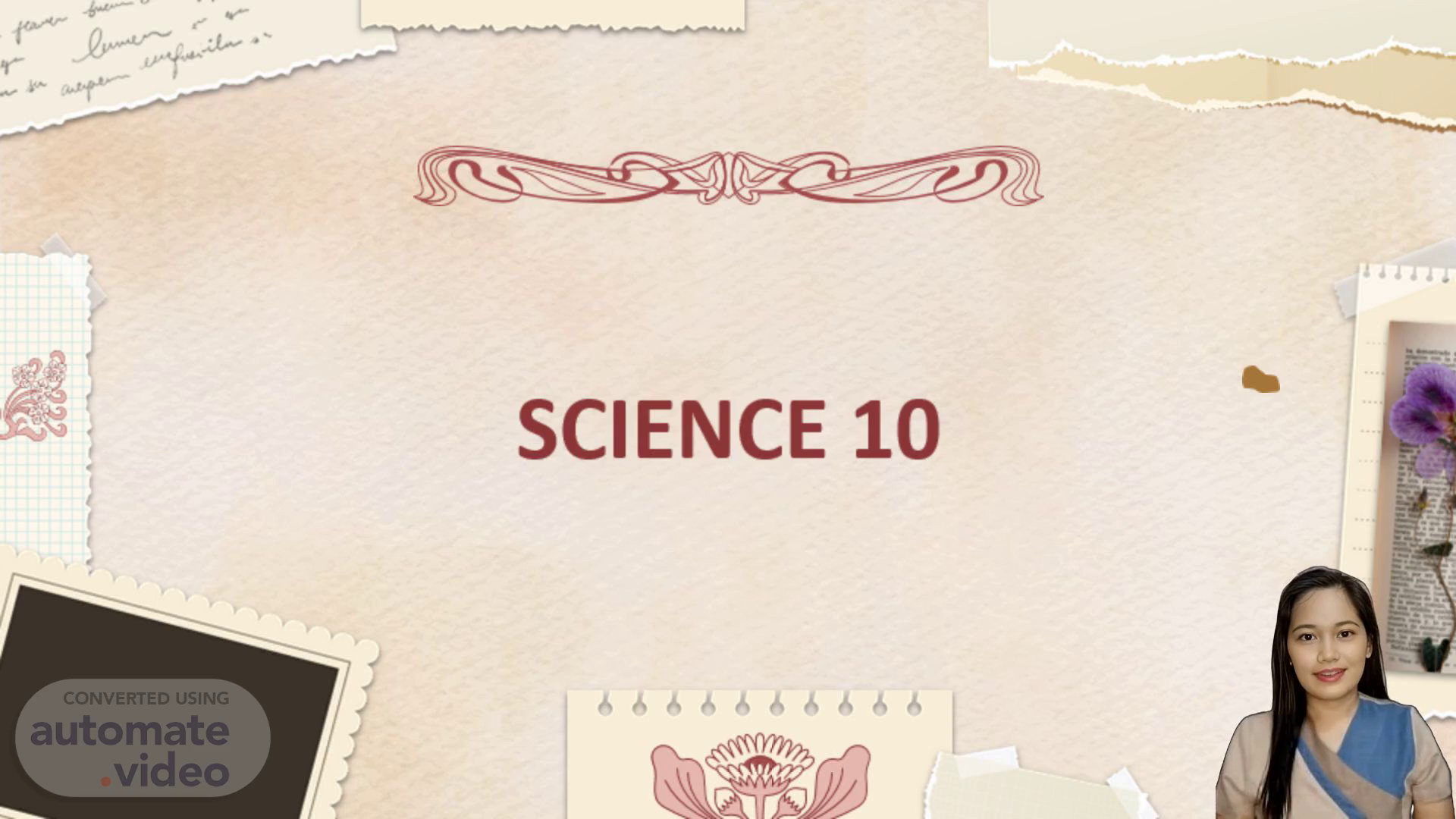Scene 1 (0s)
undefined. FIRST QUARTER. SCIENCE 10. [image]. [image].
Scene 2 (12s)
undefined. Most Essential Learning Competency.
Scene 3 (21s)
undefined. Match the movements of the plates described in Column A with the corresponding descriptions in Column B, based on the illustration provided..
Scene 4 (39s)
undefined. What is a plate boundary?. A plate boundary is boundary between two tectonic plates, where the plates are moving horizontally or vertically in opposite directions, not against or away from each other.
Scene 5 (53s)
undefined. There are three kinds of plate tectonic boundaries: divergent, convergent, and transform plate boundaries..
Scene 6 (1m 2s)
[Audio] This image shows the three main types of plate boundaries.
Scene 7 (1m 15s)
[Audio] As you can see in the illustration Convergent Boundaries: Plates collide and one plate is forced beneath the other creating subduction zones. Example: The collision of the Indian Plate and the Eurasian Plate forming the Himalayas..
Scene 8 (1m 30s)
[Audio] Divergent Boundaries: Plates move apart from each other creating new crust as magma rises to fill the gap. Example: The Mid-Atlantic Ridge where the Eurasian Plate and North American Plate are moving apart creating new ocean crust..
Scene 9 (1m 56s)
[Audio] Transform Boundaries: Plates slide past each other horizontally causing earthquakes along the fault lines. Example: The San Andreas Fault in California where the Pacific Plate and the North American Plate slide past each other..
Scene 10 (2m 18s)
[Audio] Remember plate boundaries play a crucial role in shaping the Earth's surface and geology. By identifying and describing convergent divergent and transform boundaries we can better comprehend the dynamic processes that occur within the Earth's lithosphere. This knowledge is essential for understanding natural phenomena such as earthquakes volcanic eruptions and the formation of mountain ranges..
Scene 11 (2m 45s)
[Audio] And now let us check what you have learned from our discussion. Study the map and Identify the plate boundaries occurs between the following plates. a Eurasian and Philippine Plate b North America and Pacific Plate c Eurasian and Indian Plate.
Scene 12 (3m 0s)
[Audio] Let us check your work here are the answer a Eurasian and Philippine Plate Convergent plate boundary b North America and Pacific Plate Transform plate boundary c Eurasian and Indian Plate –Divergent Plate boundary.
Scene 13 (3m 17s)
[Audio] This is all for today. Thank you for attending my class. See again tomorrow..
